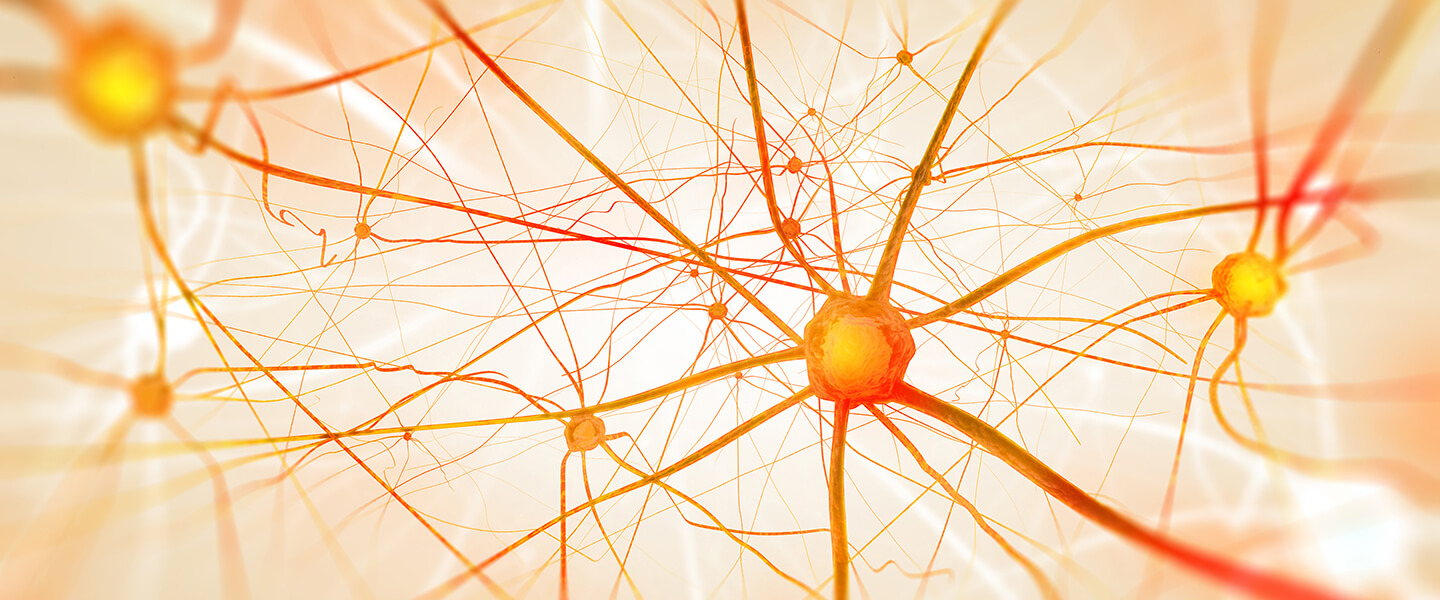Overactive Immune Cells Precede Schizophrenia Diagnosis
Overactive Immune Cells Precede Schizophrenia Diagnosis

Evidence has been mounting that overactive immune cells in the brain may be among the causal factors in at least some cases of schizophrenia. Research reported in the October 15 issue of the American Journal of Psychiatry strengthens this case: According to the study, the activity of brain-protecting immune cells called microglia is ramped up not only in people who have been diagnosed with schizophrenia, but also in people considered to be at ultra-high risk for developing the disorder.
The team of scientists conducting this research included 2013 Independent Investigator Oliver D. Howes, M.D., Ph.D., at Imperial College London, and 2010 Distinguished Investigator Philip K. McGuire, M.D., Ph.D., at King’s College London. Dr. Peter S. Bloomfield was listed as the paper’s first author.
Microglia protect the brain from injury by engulfing and removing damaged or infected cells. But the inflammation this process causes can lead to neural degeneration and is suspected by some researchers of contributing to a variety of diseases, including Parkinson’s disease, Alzheimer’s disease, and multiple sclerosis.
Several lines of evidence have implicated microglia and inflammation in schizophrenia, including elevated levels of the cells found in brain tissue after patients’ deaths. But Drs. Howes, McGuire and their colleagues wanted a clearer picture of how the immune cells behave earlier in life, when the disorder is still developing.
To find out, they used PET imaging to look for active microglia in the brains of three groups of people: 28 healthy controls, 14 people who had been diagnosed with schizophrenia and 14 people who were considered to be at ultra-high risk for developing the disorder based on a clinical assessment. About 35 percent of people in this ultra-high risk category typically go on to develop schizophrenia or another disorder involving psychosis within two years.
Psychotic illnesses have in common symptoms that indicate a loss of contact with reality. Symptoms include delusions (false beliefs) and hallucinations (a perception of something [as a visual image or a sound] with no external cause).
The scientists administered to each study participant a dye that binds to a protein on the surface of activated microglia. This enabled them to visualize the cells with PET imaging. Their results indicated that microglial activity is elevated in schizophrenia patients and in those at very high risk of psychosis. Importantly, in those at high risk of psychosis, microglial activity was highest in those whose pre-psychotic symptoms were most severe.
The findings support the idea that inflammation is present in the brain during the development of psychotic disorders in at least some individuals, and suggest that chronic inflammation may, in fact, drive that development.
“A key issue for the field is whether microglial activation is secondary or primary [to schizophrenia] so our finding that microglial activation is seen in people showing at-risk symptoms is exciting, particularly as it was linked to more severe symptoms,” says Dr. Howes. “The findings suggest that treatments to reduce microglial activation could be a new therapeutic approach to schizophrenia.”
Monitoring microglial activity might also help clinicians predict which individuals are most likely to develop the disorder.



